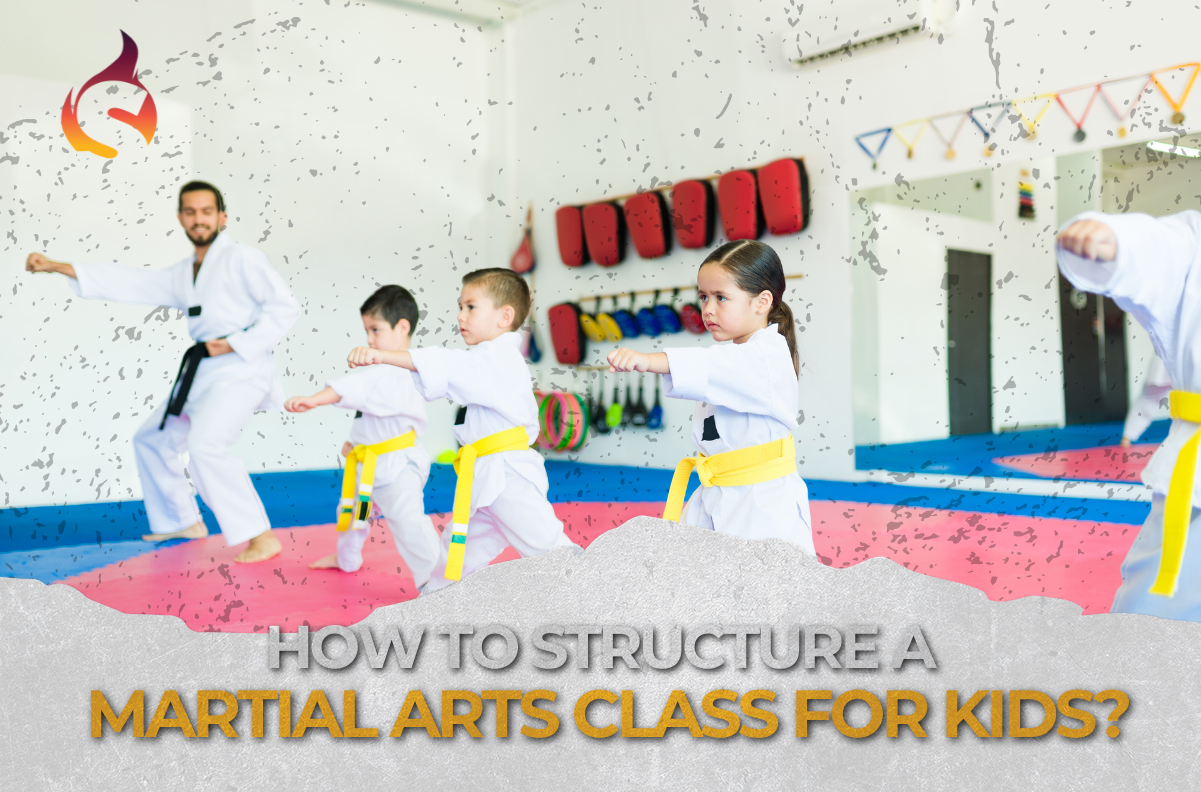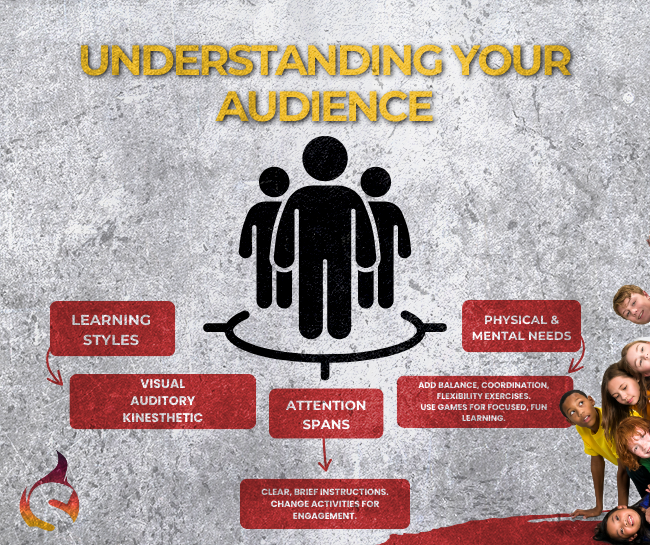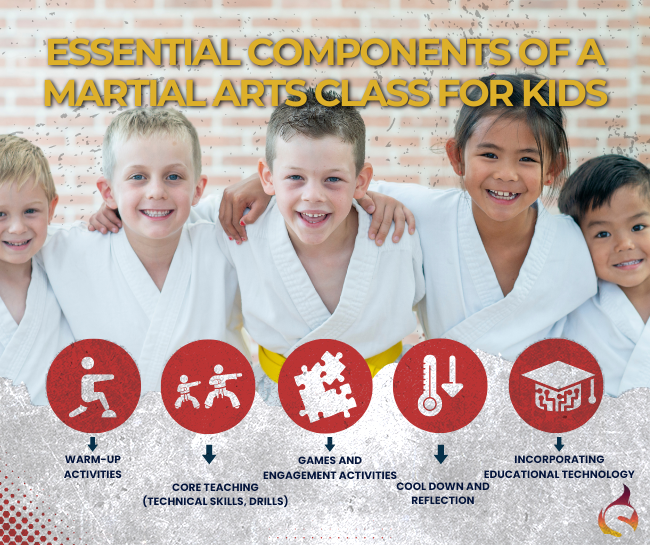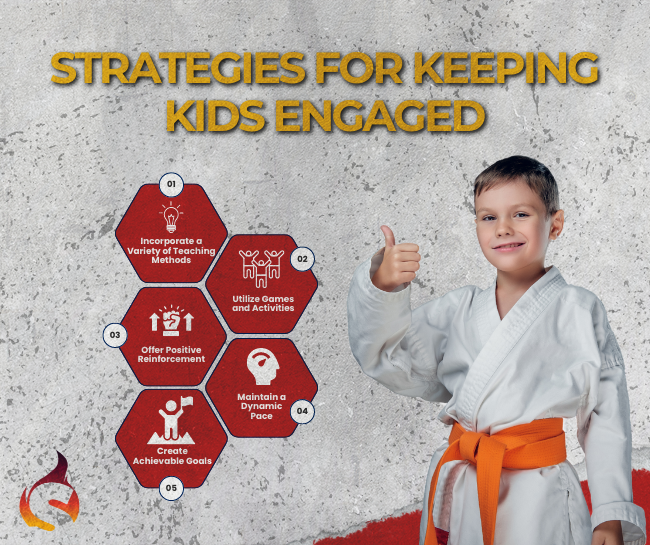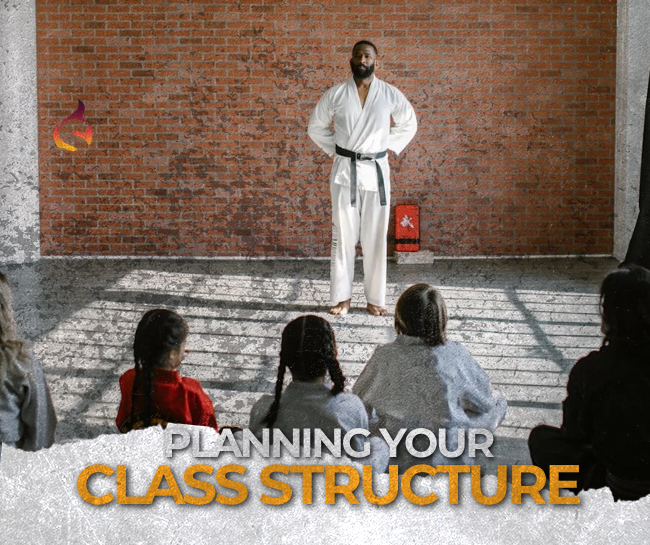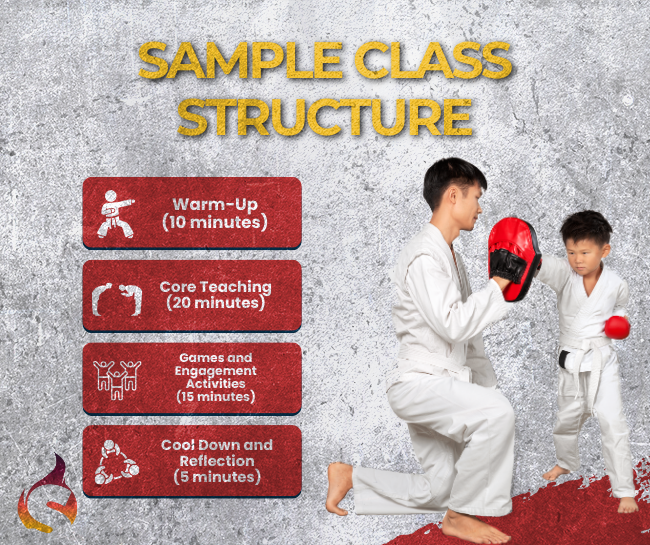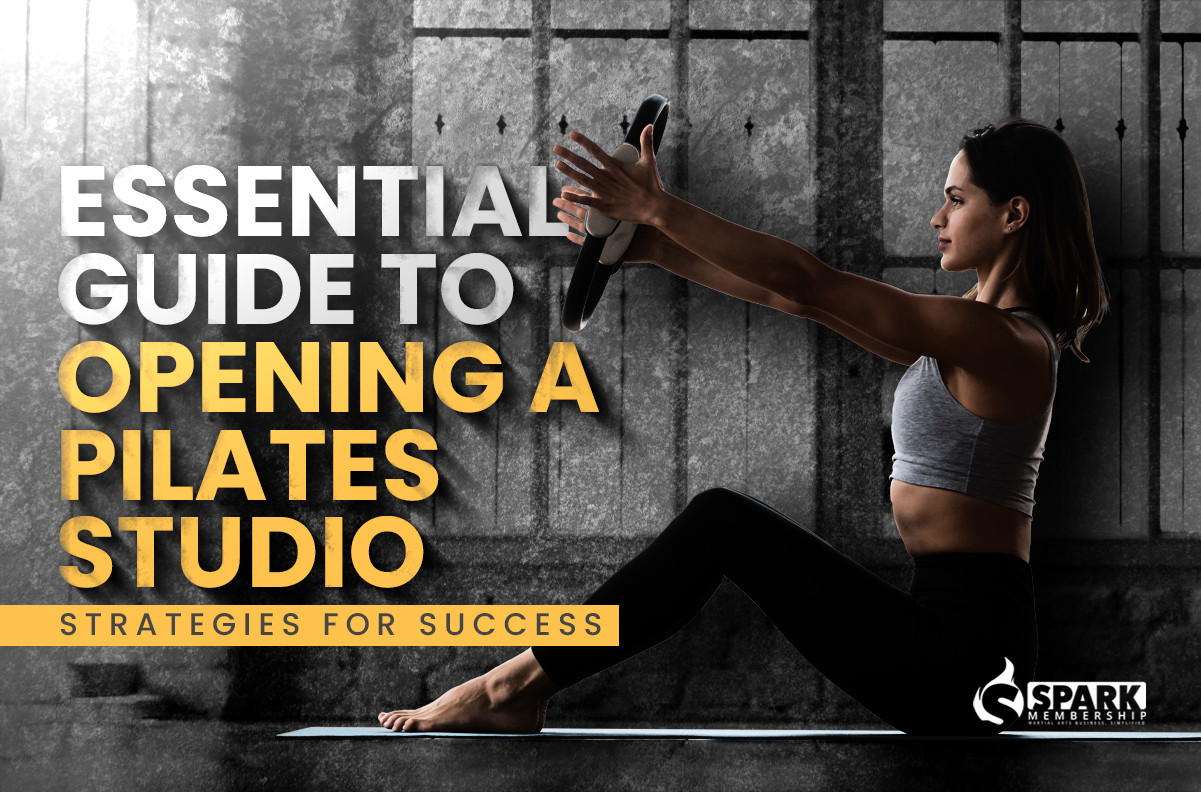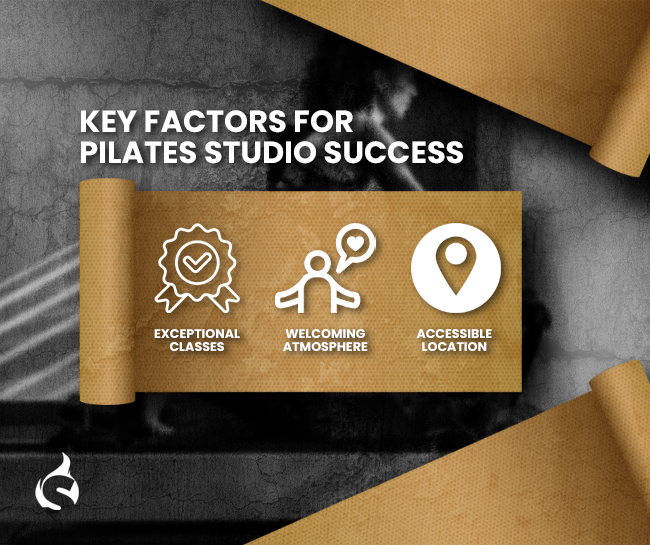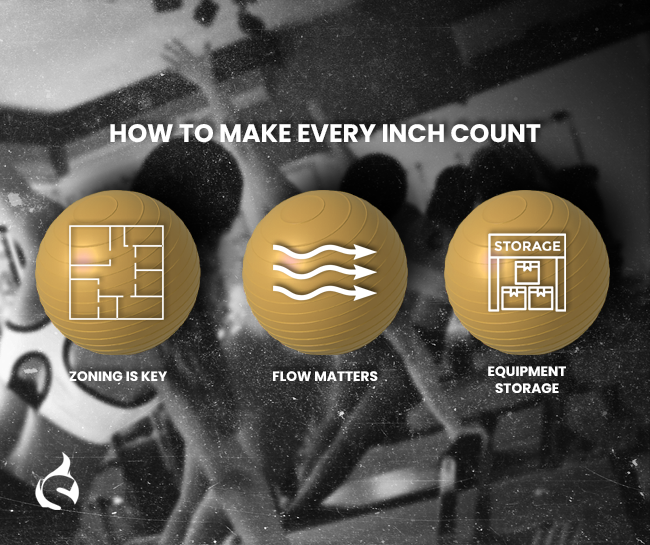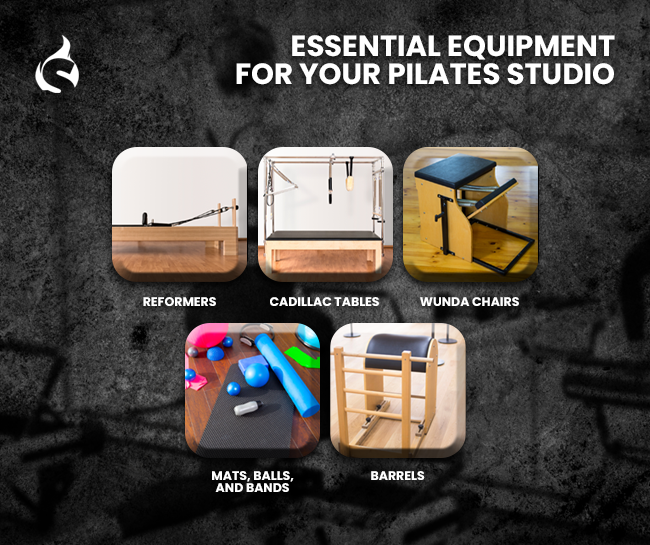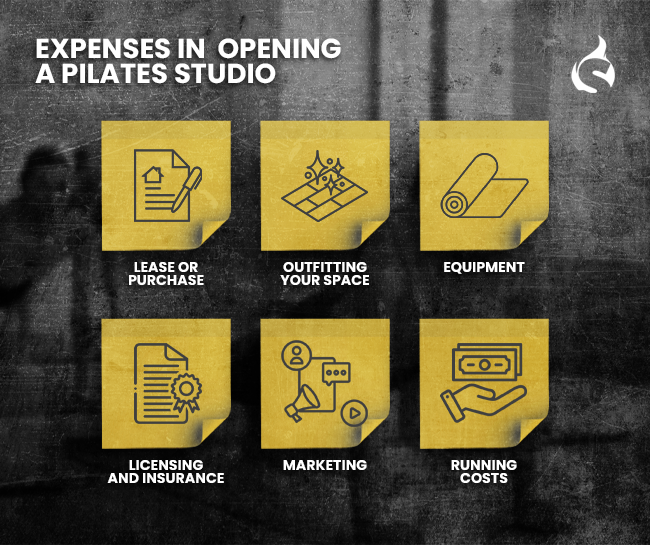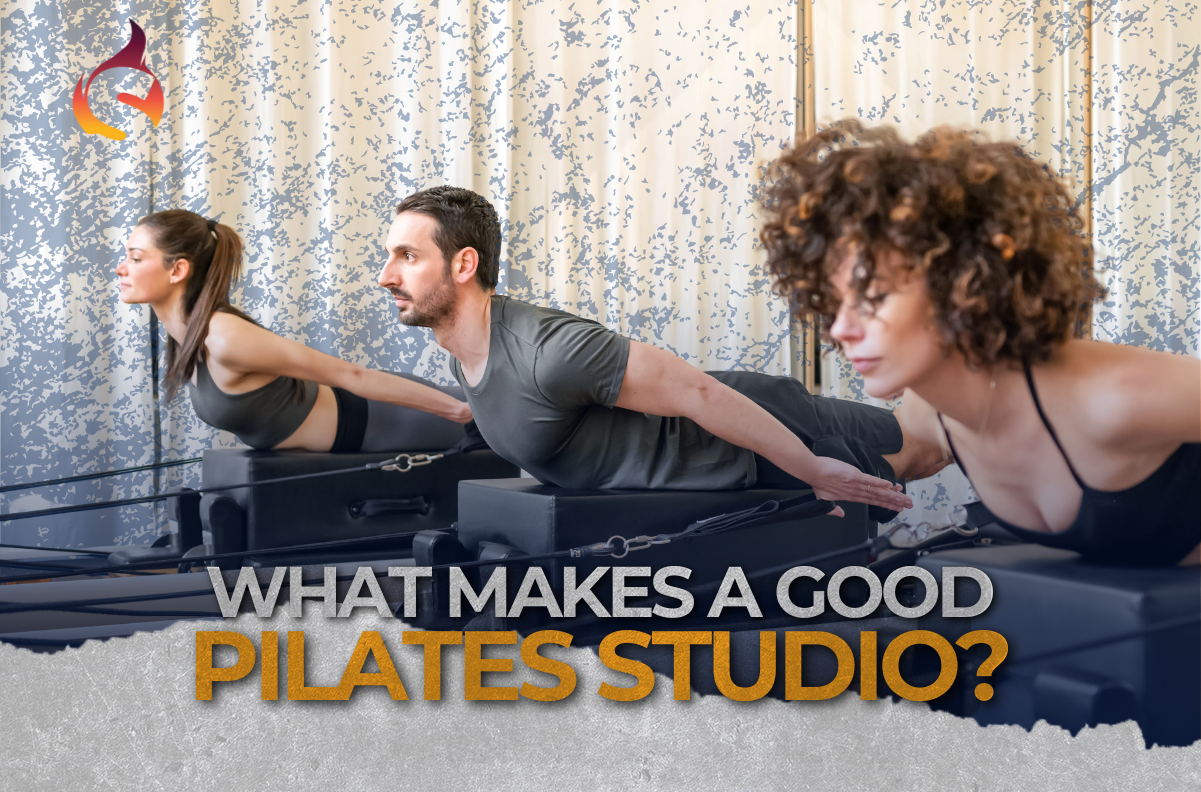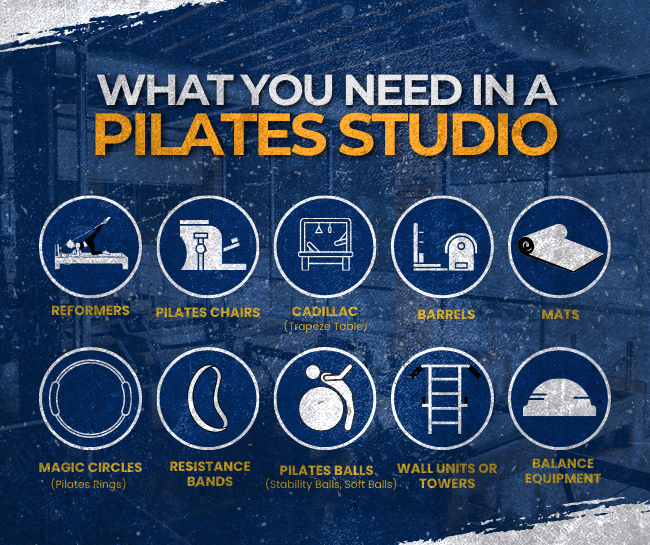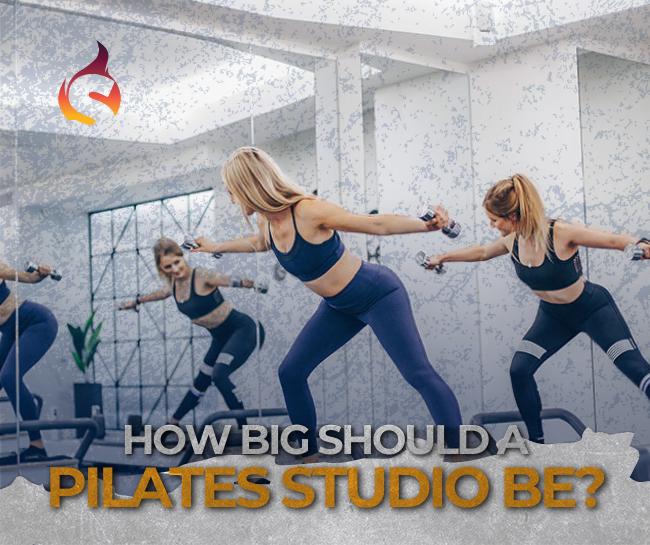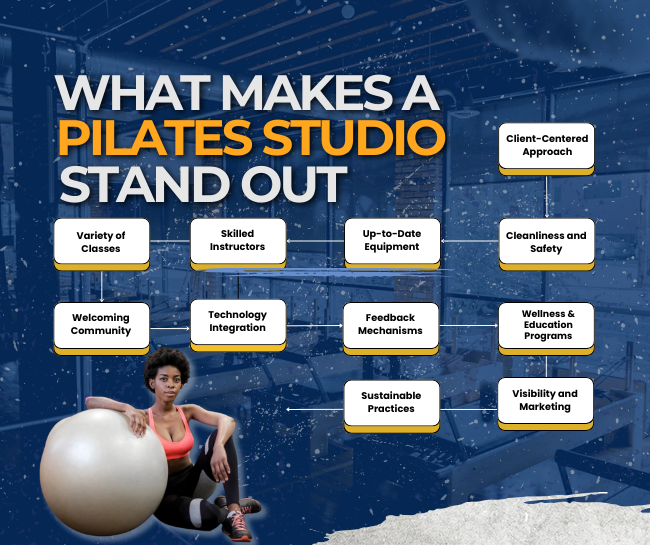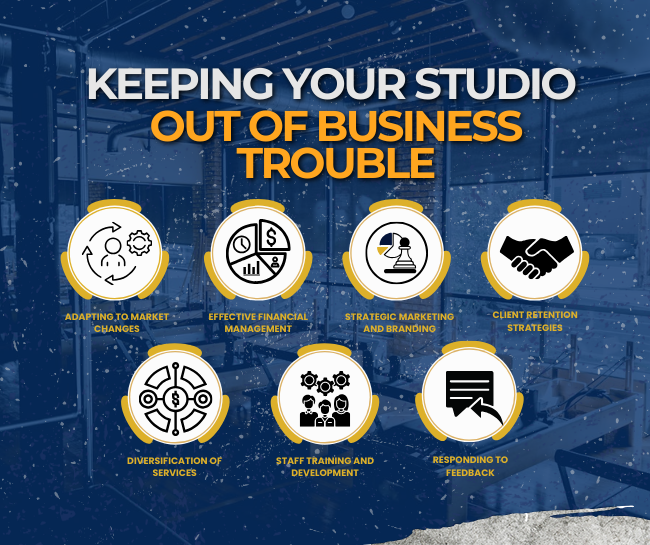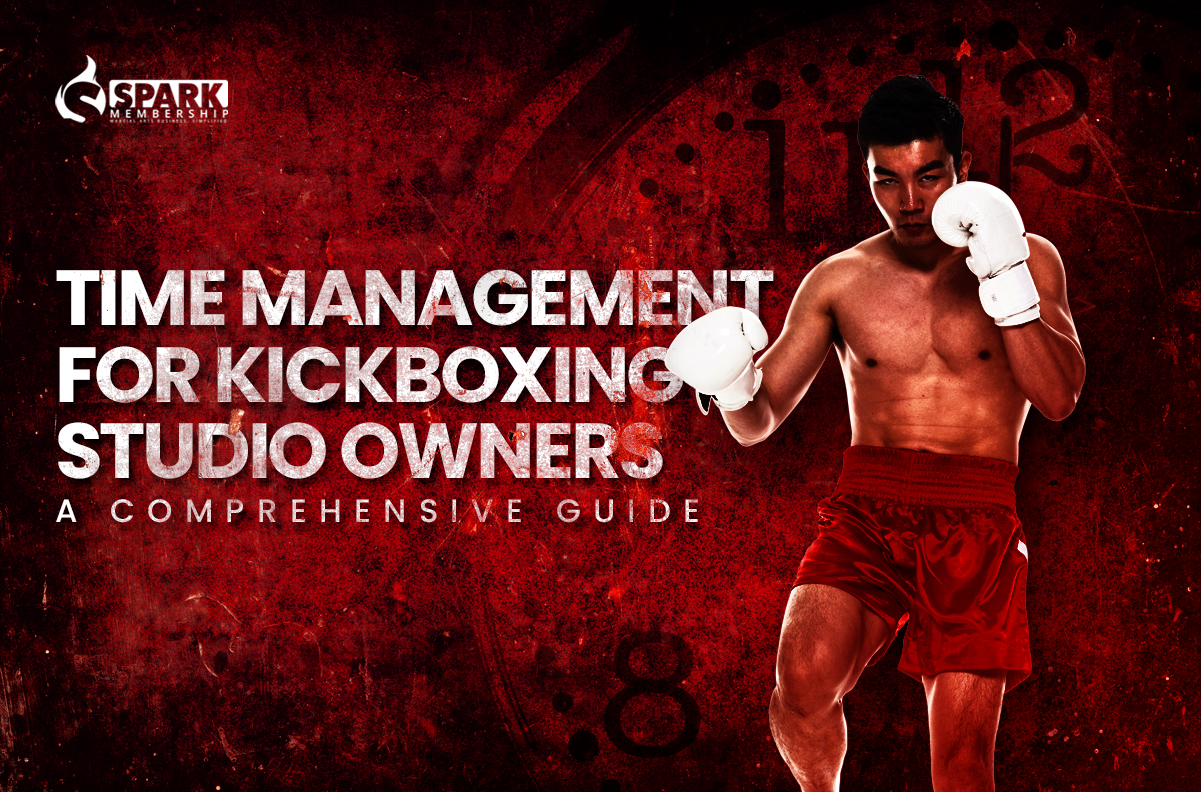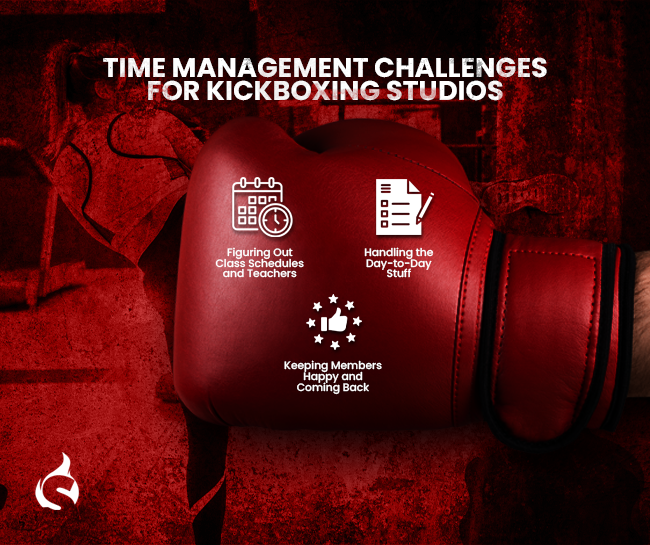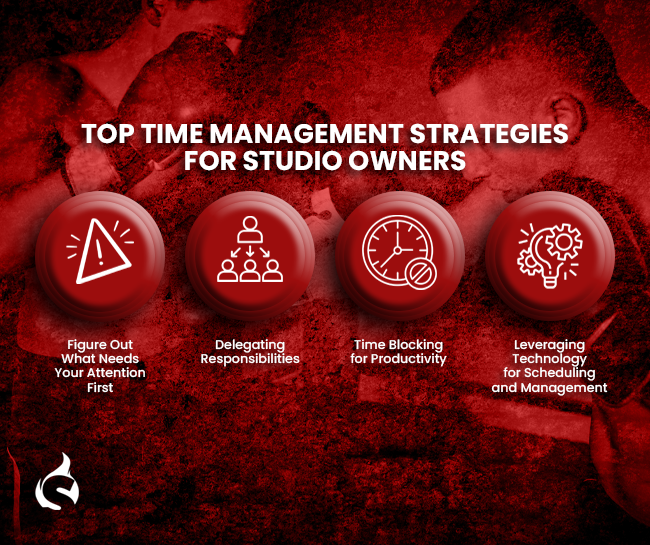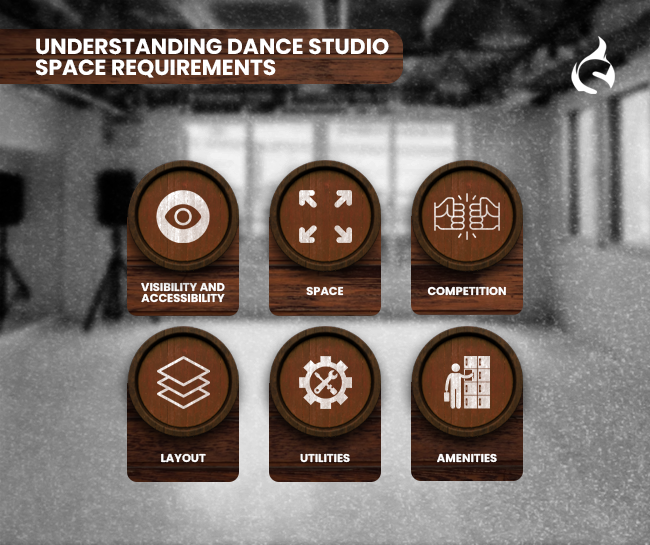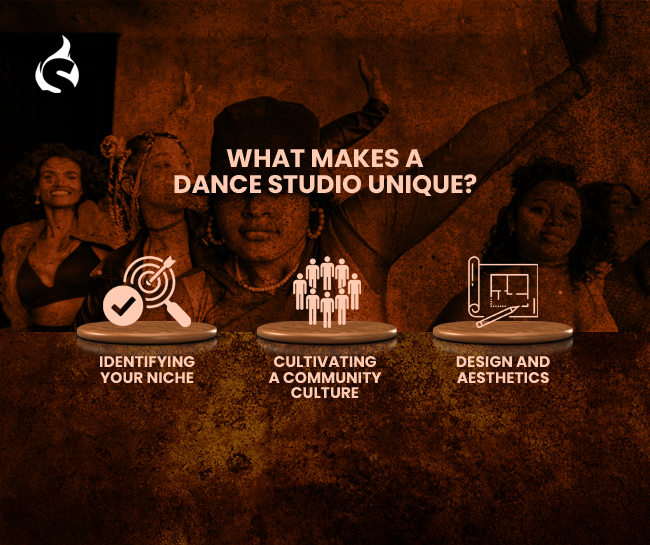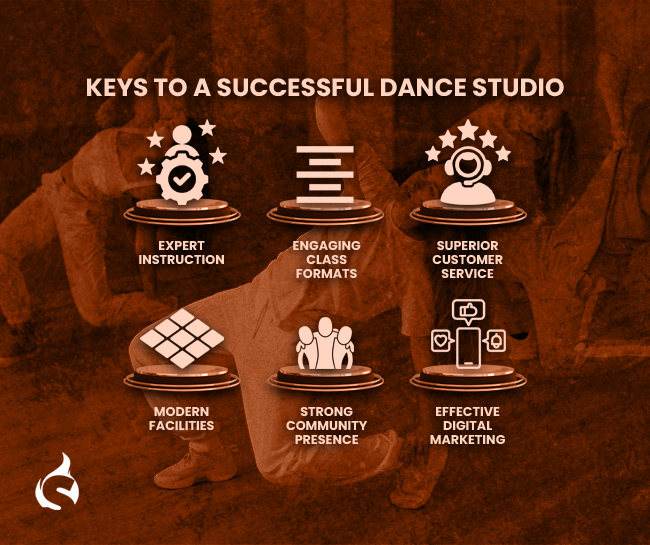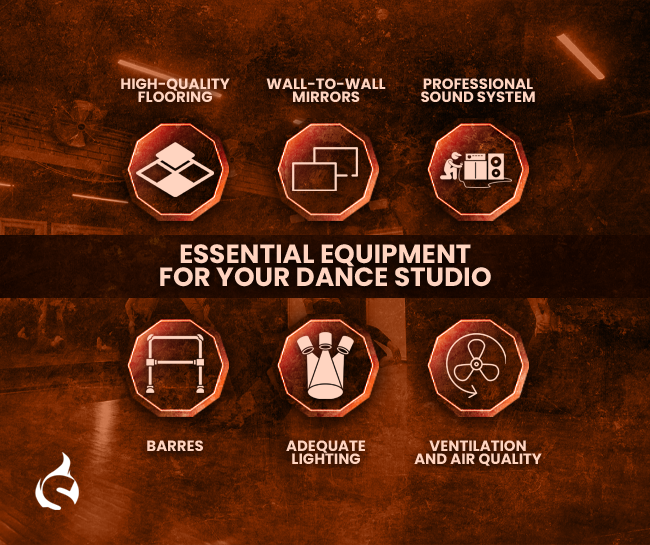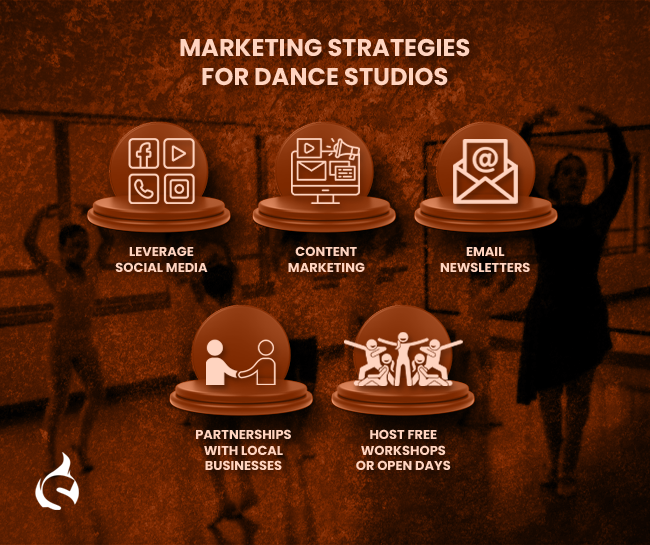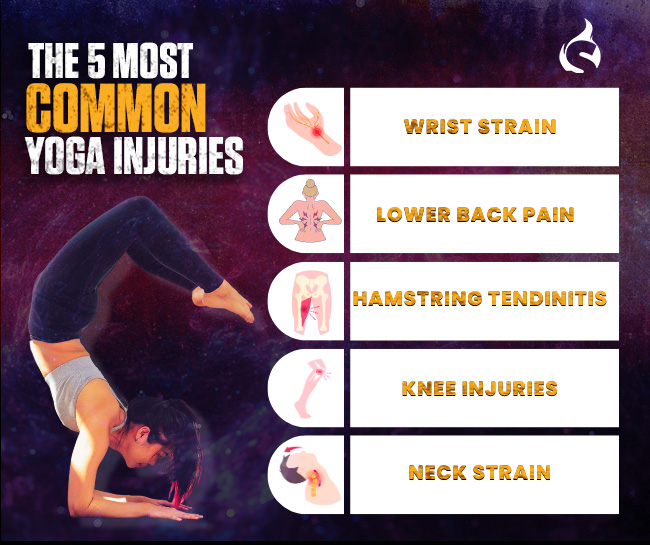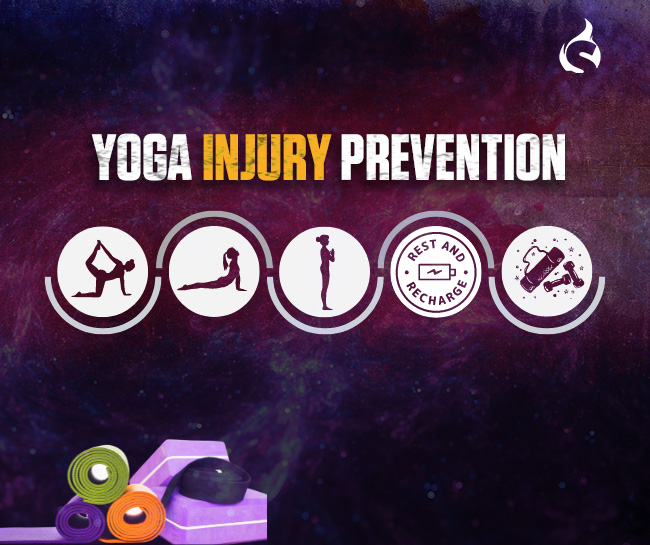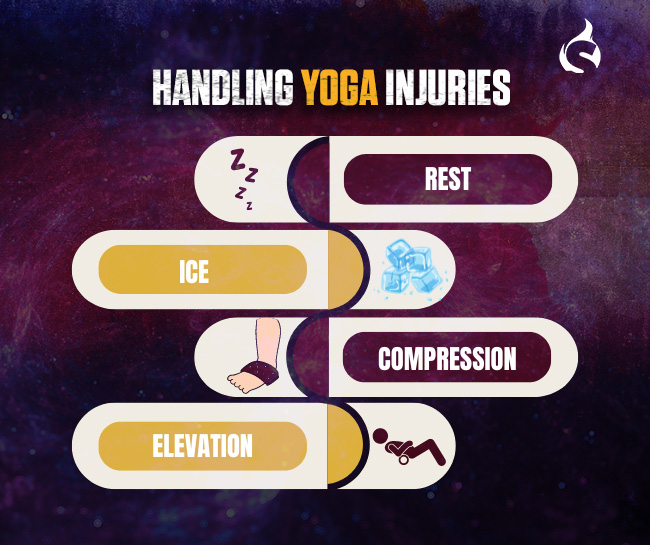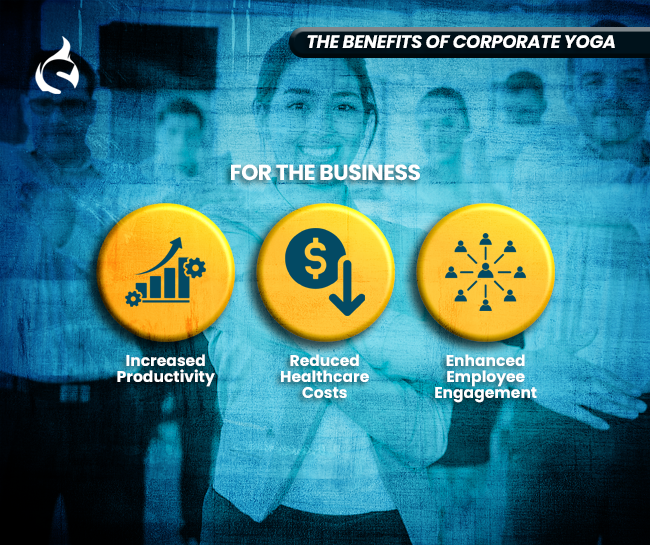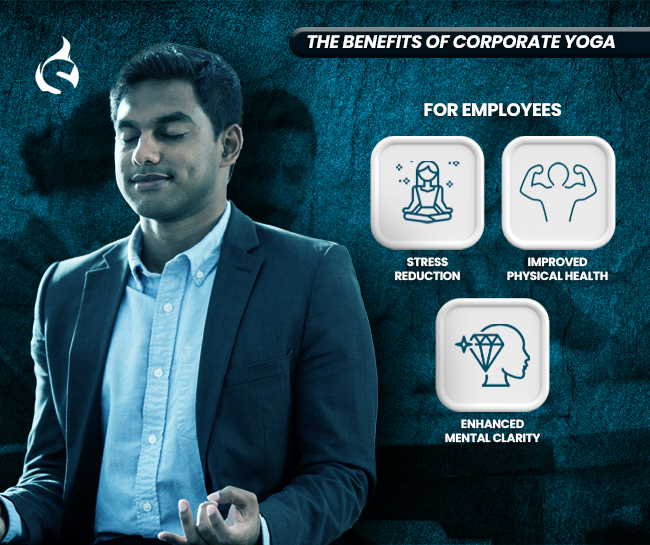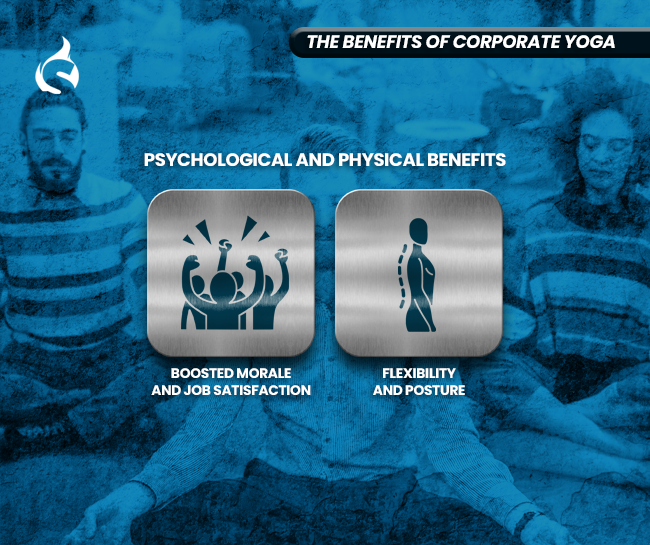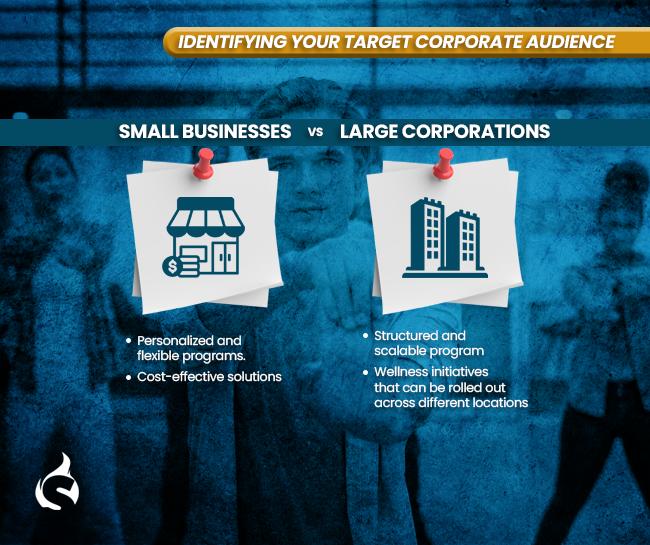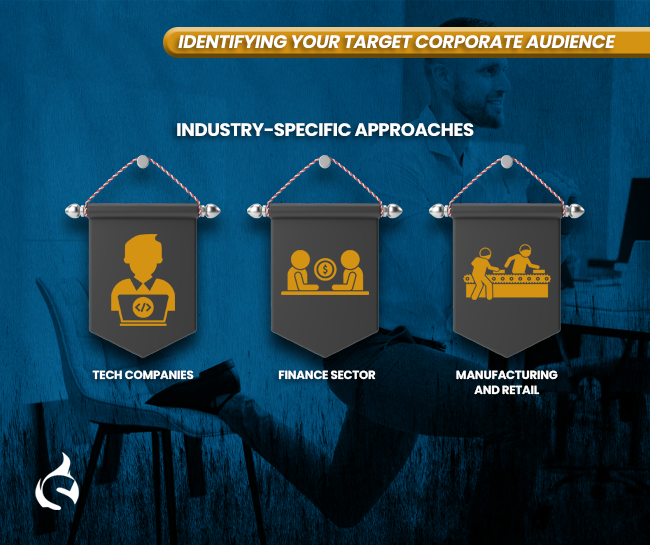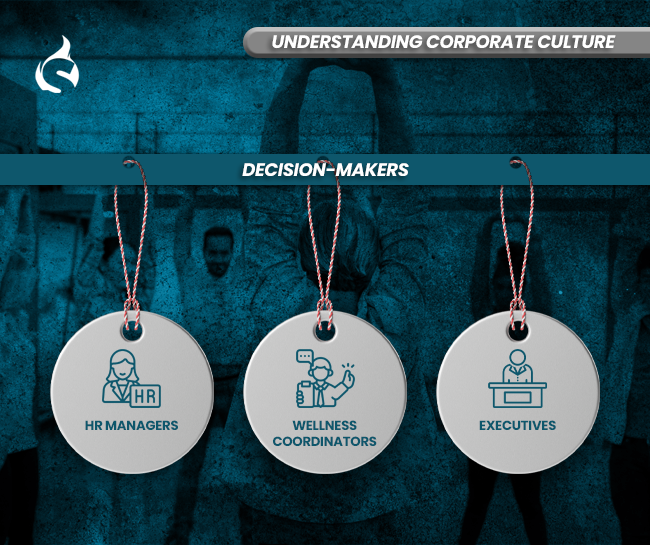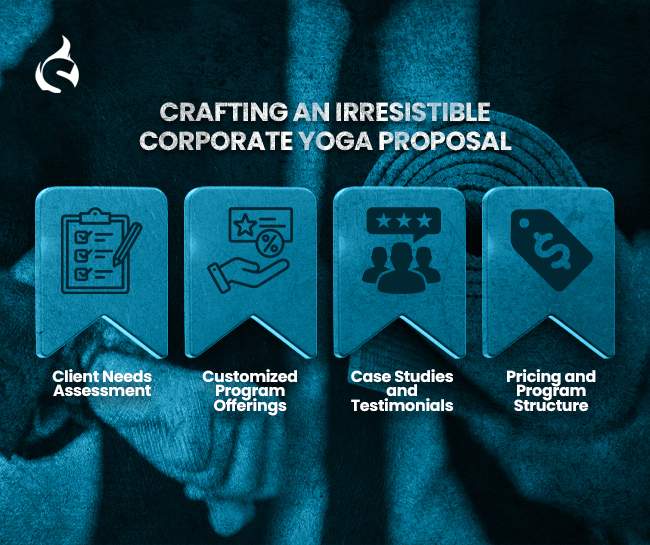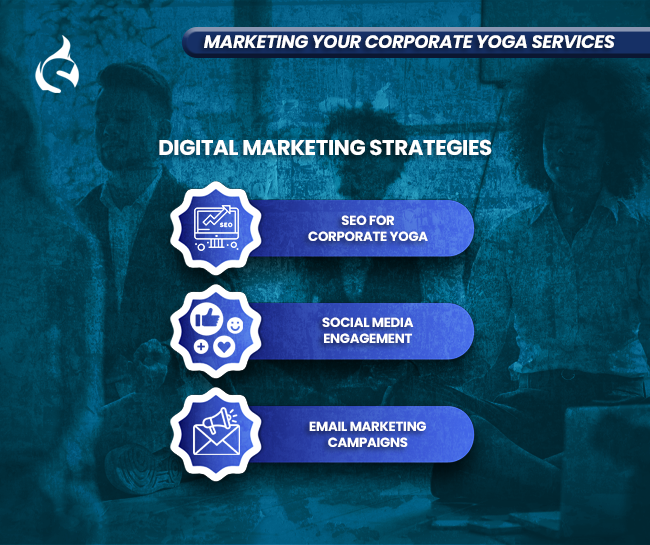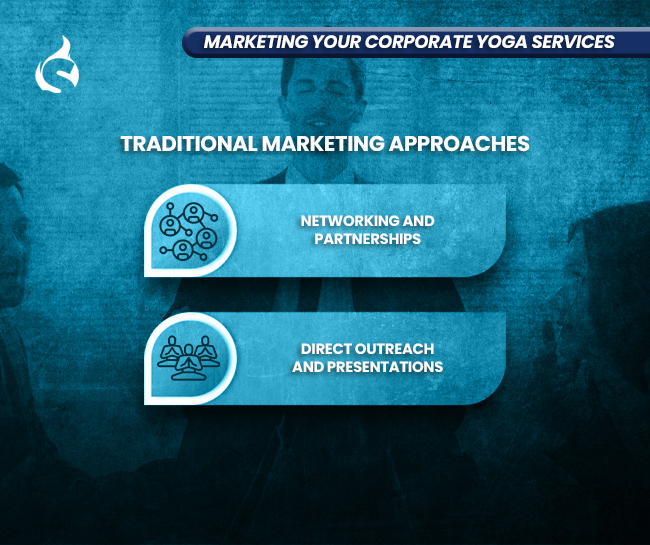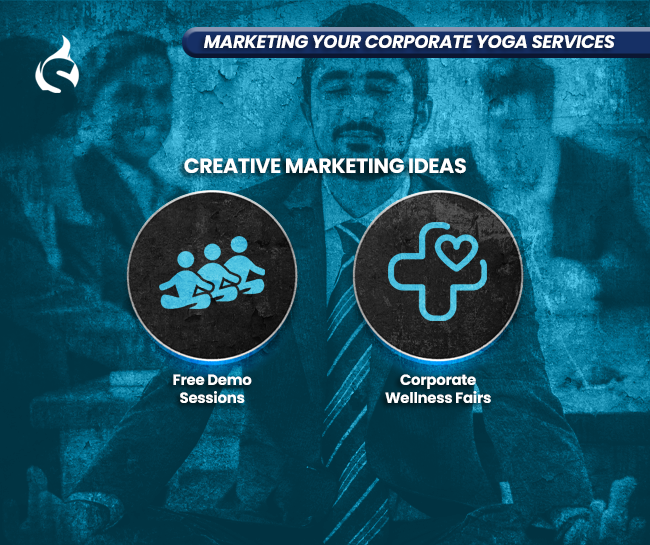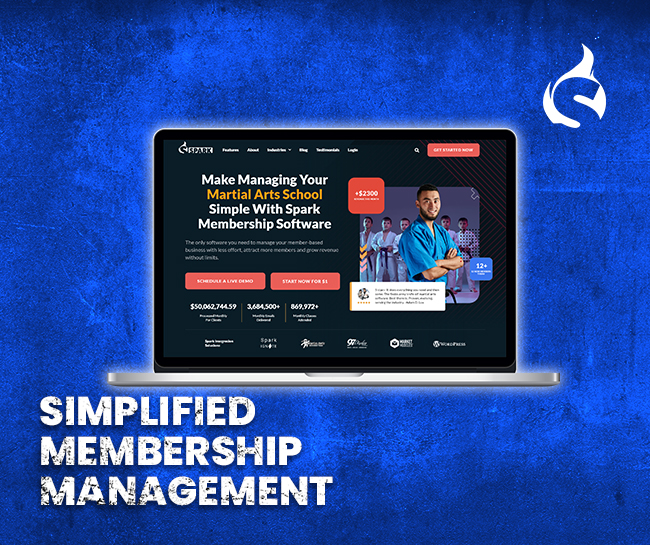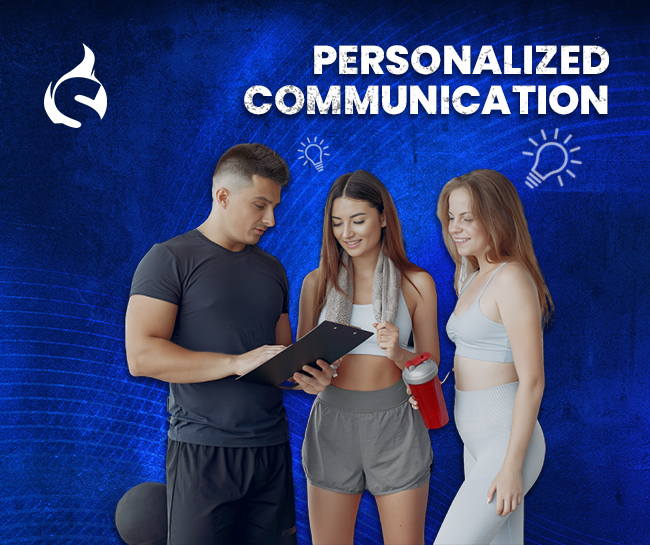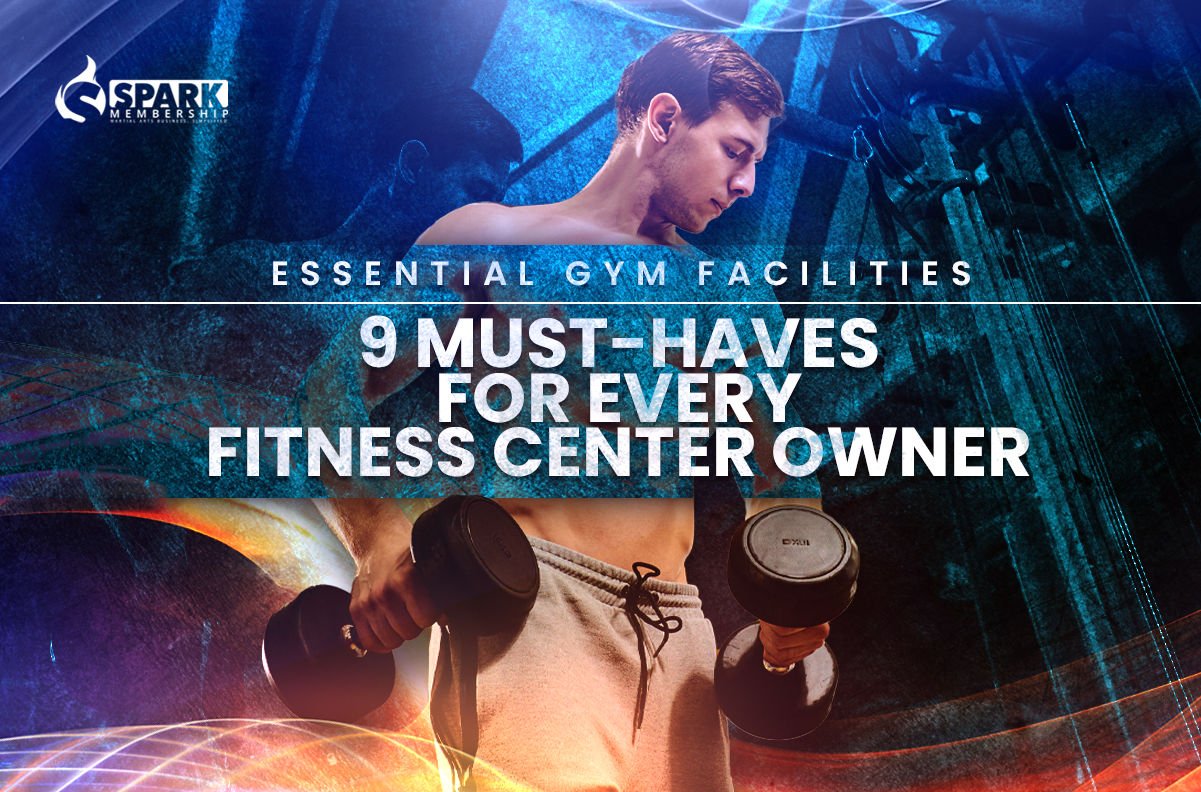
A top-notch gym doesn’t just retain members—it attracts new ones. The right facilities can make or break your fitness center, serving as the cornerstone of a thriving business. This guide outlines ten critical amenities every gym owner should consider to not only meet but exceed the expectations of their clientele, ensuring both member satisfaction and business growth.
- Cardiovascular Equipment
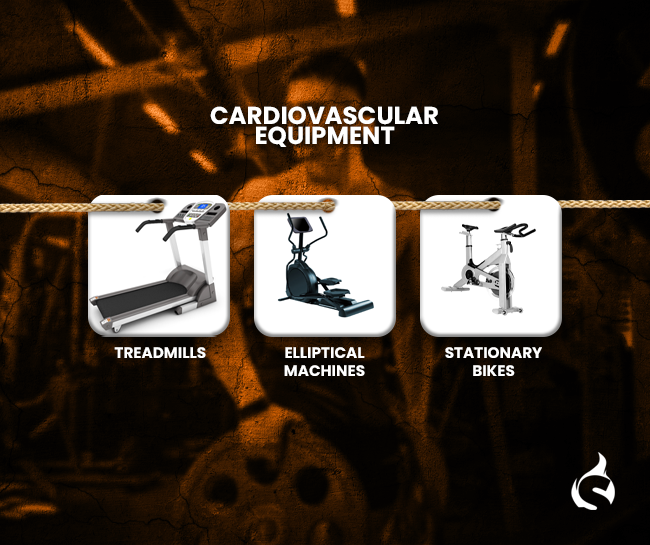
Cardiovascular training is a cornerstone of fitness, making the availability of quality cardio equipment a critical component of any gym. Key pieces include:
- Treadmills: Offer a variety of treadmills with features like heart rate monitors and customizable programs to cater to both beginners and seasoned runners.
- Elliptical Machines: These provide a low-impact cardiovascular workout that is easier on the joints, appealing to a broad range of members.
- Stationary Bikes: Include both upright and recumbent bikes to suit different comfort and fitness levels.
💡 Investing in durable, state-of-the-art cardio machines can significantly impact your members’ satisfaction and your gym’s popularity.
- Strength Training Equipment
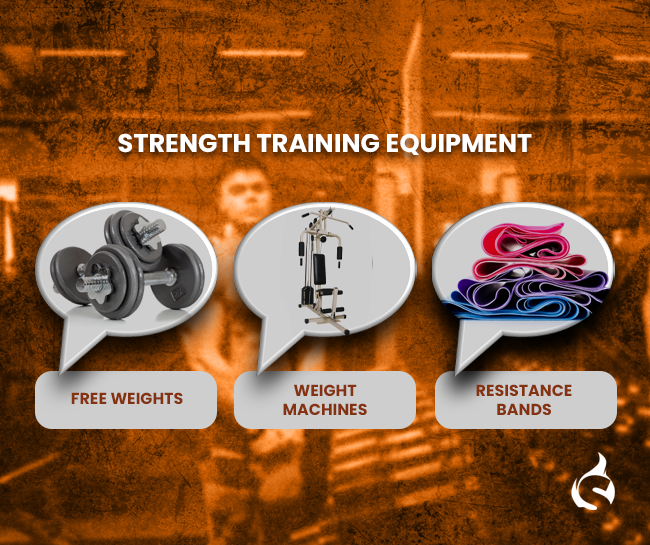
Strength training is equally vital for a balanced fitness regime. Essential equipment includes:
- Free Weights: A selection of dumbbells, barbells, and kettlebells can cater to both novice lifters and experienced bodybuilders.
- Weight Machines: These help target specific muscle groups and are excellent for routine workouts.
- Resistance Bands: Offer versatility and are perfect for stretching, strength training, and rehabilitation exercises.
💡 Providing a comprehensive range of strength training equipment can help members achieve various fitness goals.
- Functional Training Area
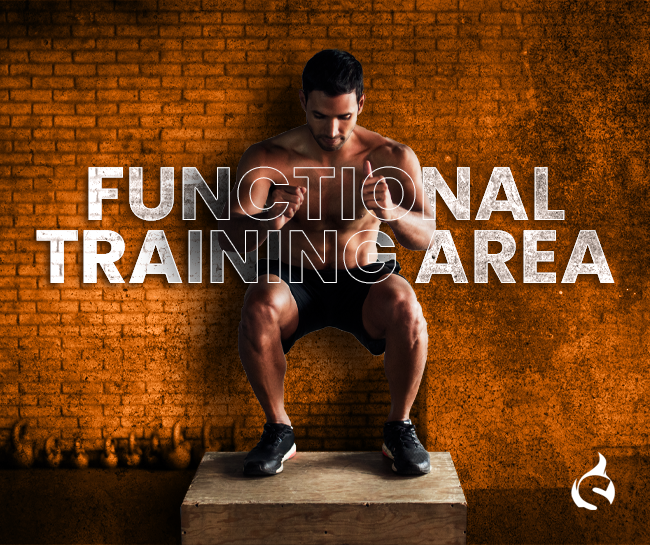
Designate a space for functional training that includes equipment like TRX suspension trainers, stability balls, and plyometric boxes. This area should support a wide range of activities that improve body strength, balance, and coordination. Functional training zones help members perform exercises that mimic everyday activities, improving their overall fitness and preventing injuries.
- Group Exercise Studios
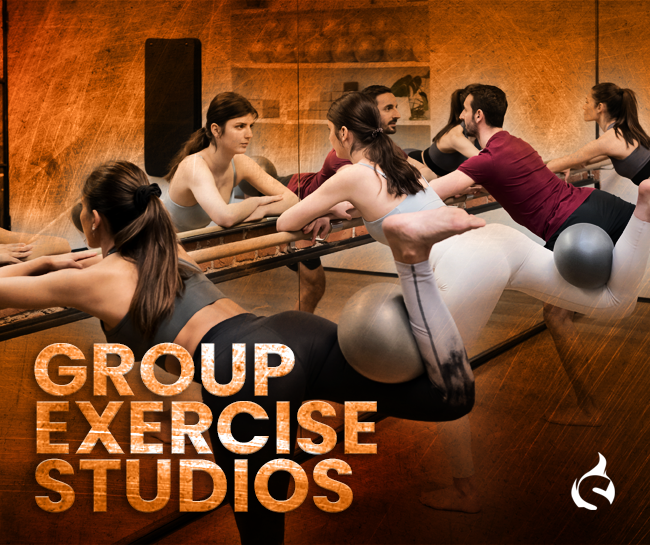
Group exercise classes can be a significant draw. Provide a dedicated studio space equipped with essential features such as mirrors to help participants adjust their form and a sound system for an energizing atmosphere. Stock the area with necessary accessories like yoga mats, steps, and lightweight dumbbells to accommodate a variety of classes, from yoga to high-energy aerobics.
- Locker Rooms and Amenities
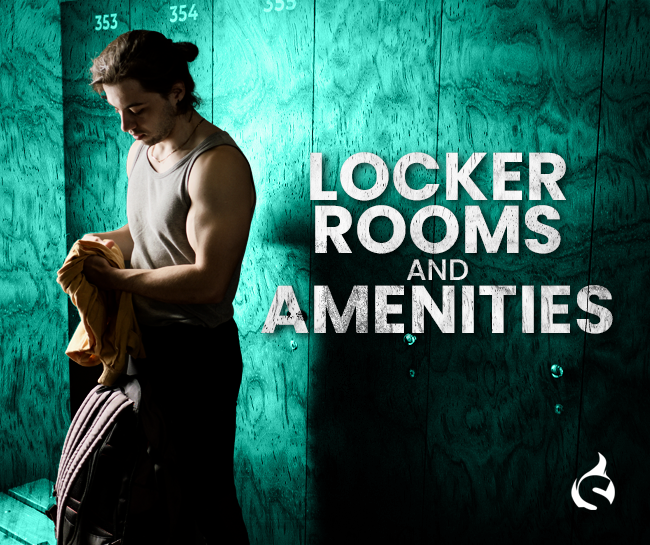
Well-appointed locker rooms are a must. They should be spacious, clean, and well-maintained, with ample lockers and a comfortable changing area. Include clean showers and private bathroom facilities to cater to members who transition from workouts to work or social engagements. Offering complimentary towel service adds a touch of luxury, enhancing the overall member experience.
- Water Fountain and Hydration Stations
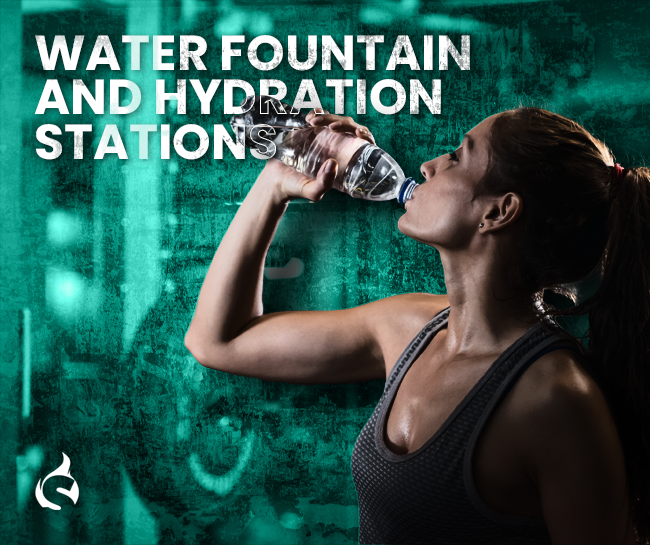
Hydration is key to a safe and effective workout. Install several water fountains and hydration stations throughout the facility, ensuring they are easily accessible from all workout areas. Consider options for both chilled and room temperature water, and include facilities for refilling reusable water bottles, which is also an eco-friendly practice.
- Reception and Lounge Area

Your reception area sets the tone for members’ gym experience. It should be inviting, with friendly staff ready to assist. Provide a lounge area with comfortable seating where members can relax before or after their workout. This space can also serve as a social hub, enhancing community feel and member satisfaction.
- Cleaning and Maintenance Equipment
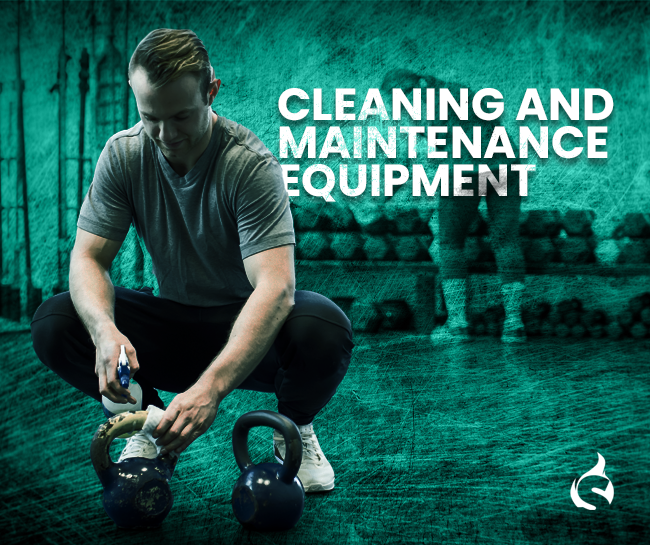
Maintaining cleanliness and equipment functionality is critical for safety and satisfaction. Have a clear protocol for daily cleaning and regular maintenance checks. Equip your staff with the necessary tools and supplies to keep the gym in top condition, which reflects your commitment to your members’ health and well-being.
- Accessibility Features
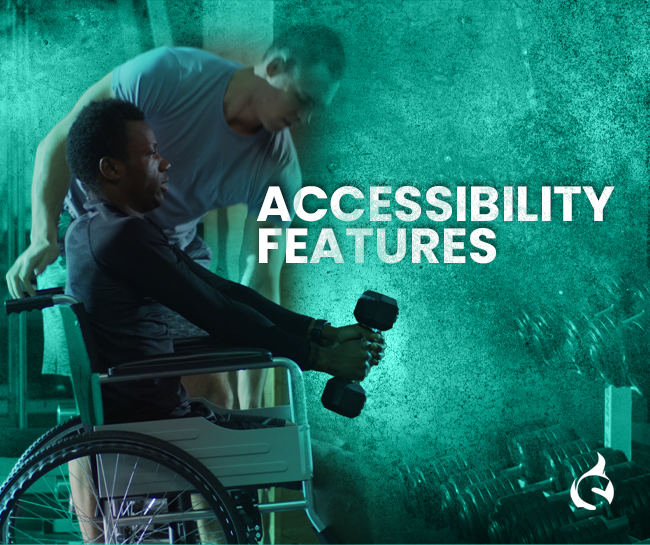
Ensure your gym is accessible to everyone by incorporating ADA-compliant features. This includes wheelchair-accessible workout stations, restrooms, and showers. If your facility is multi-level, provide elevator access. Adequate disability parking close to the entrance is also important, emphasizing inclusivity and convenience for all members.
By focusing on these essential facilities, you create a welcoming and effective environment that supports both the physical and mental well-being of your members. This strategic approach not only enhances your gym’s appeal but also solidifies its reputation as a premier fitness destination in a competitive market. Remember, the right investment in your facilities can dramatically influence your gym’s success and growth.
Transform your gym studio’s operations with our Spark Membership Software! Tailored for gym owners, Spark simplifies member management and progress tracking, consolidating all your needs into one intuitive platform. Bid farewell to the complexity of juggling various tools and embrace the efficiency of Spark. Register today and unleash your gym studio’s untapped potential for success!
